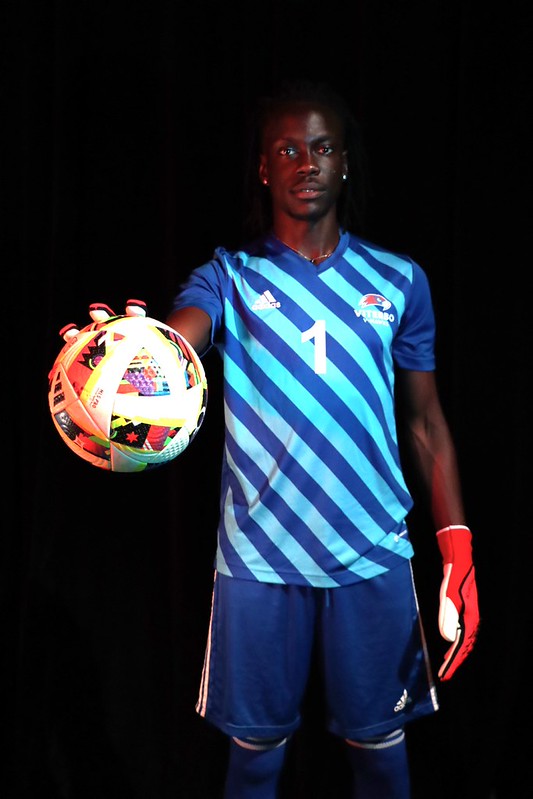The game: pajamas. The result: smiles for all.
December 13, 2021
Last month, the Lumen brought its readers a preview of the then-upcoming production of “The Pajama Game,” the stage adaptation of the 1953 book “7 ½ Cents” by George Abbott and Richard Bissell. Sourced straight from the Golden Age of Broadway, “The Pajama Game” promised its viewers a unique and whimsical blend of catchy song, electrifying dance, and hilarious dialogue. Needless to say, during the weekend of November 19, the cast and crew from the Conservatory for the Performing Arts delivered on that promise.
A tale of unlikely love and the struggle for workers’ rights—with drama spanning kitchen tables, sewing machines, and corporate offices “The Pajama Game” burst at the seams with more than two hours of entertainment. With music direction by Viterbo faculty member Janette Hanson and general direction by visiting assistant professor Alex Mallory, the entire production was aglow with artistic color. This vibrancy was evident from the first notes of the overture, when Hanson’s baton and signature poised hairdo enthusiastically led the orchestral charge, setting the mood for a fictional 1954 Cedar Rapids, Iowa, and the halls of the Sleep-Tite Pajama Factory.
There, a multi-level stage lifted characters and the show’s themes into the limelight, cultivating the true representation of a factory floor and the everyday work of its denizens. Among these many moving pieces were the main characters, portrayed by two seniors from the music theatre program: Natalie Davies in the role of Babe Williams and Jack Scharrer in the role of Sid Sorokin. Assisted by the ceaseless outpouring of talent and passion from their castmates, they told a timeless story with countless twists that left the audience laughing.
This passion shone through the cover of masks, which were often removed for smaller scenes. The performers’ regularly visible smiles were a gift of collaboration between the Conservatory and the COVID-19 Response Team. Even when masks were donned, the inner light from the supporting cast members often created individual spotlights that seemed to steal the show from its leads. This occasional shift in focus breathed life into an already lively production, removing what microscopic chance remained of a dull moment.
Furthermore, rolling stage sections and removable staircases were highlights of the set that kept audience members’ eyes and attention moving, while characters filled their ears with song and their hearts with joy. As one among the jubilant crowd, it was truly a blessing to experience live theatre at Viterbo University again.

